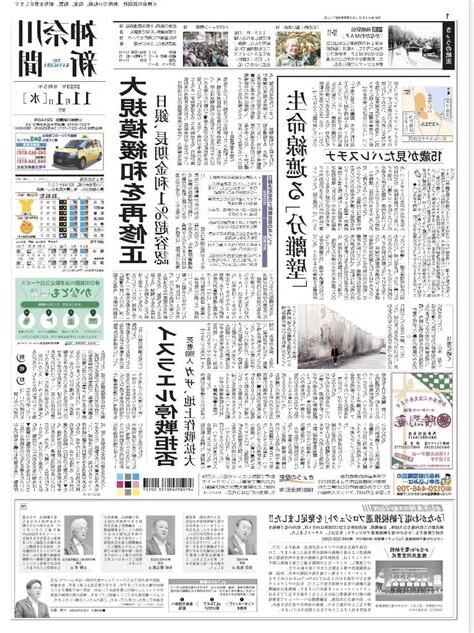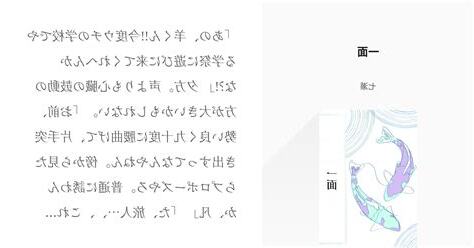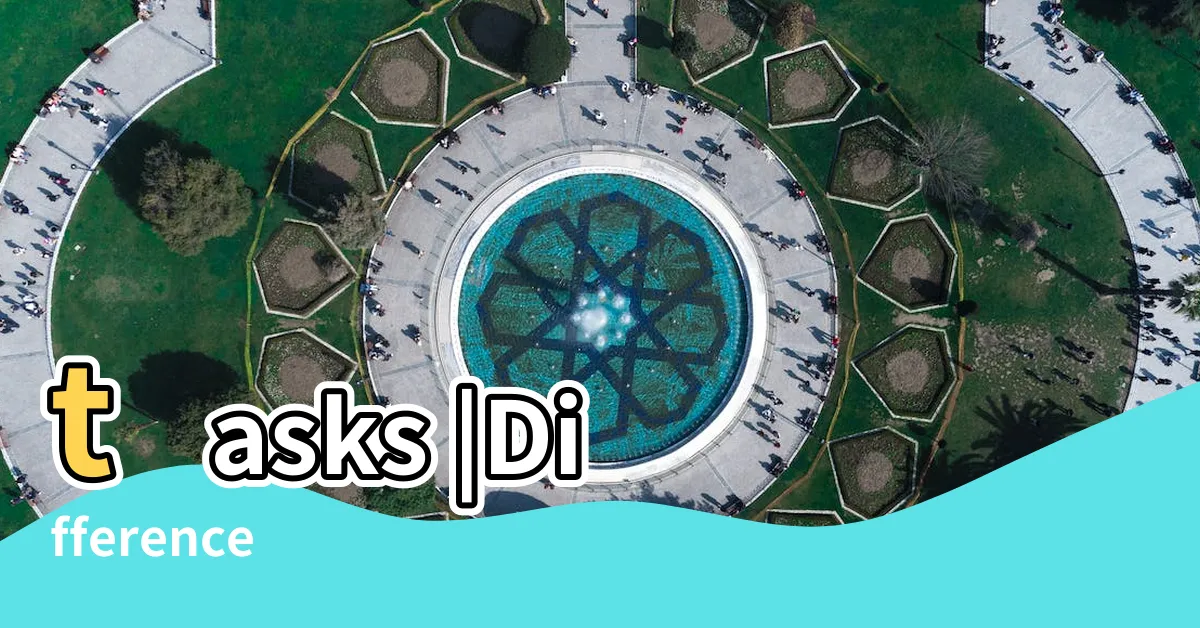我 一面 吃飯 , 一面 看 電視。
Both working and doing your studies is hard work.This structure is similar to 一方面…一方面 too. If you add a 方 before 面, in Chinese, it means “side/aspect” as 方面. You can consider it as “on the one hand…on the other hand” in English, to express the two aspects of a situation.When using this pattern, pay attention that these two sides can be similar to each other and can also be the opposition. 一方面 他 想 去 旅遊 , 一方面 他 沒有 錢。


He likes doing sports while listening to music.一面 工作 , 一面 學習 很 。
Both working and doing your studies is hard work.This structure is similar to 一方面…一方面 too. If you add a 方 before 面, in Chinese, it means “side/aspect” as 方面. You can consider it as “on the one hand…on the other hand” in English, to express the two aspects of a situation.When using this pattern, pay attention that these two sides can be similar to each other and can also be the opposition. 一方面 他 想 去 旅遊 , 一方面 他 沒有 錢。
On the one hand, he wants to travel, but on the other hand, he doesn’t have enough money.While the two others can be used with verbs and complements , like: 我喜歡看書,喝茶。
So my question is: is it possible to use the 且… 且… structure just the same as 一面… 一面… or … …, or is it limited to monosyllabic verbs?Yes, they function similarly[且 X 且 Y] is a classical literary structure, only used with monosyllabic verbs and no complements.The form, “且(A)… 且(B)…”, represents a “set phrase (成語) that was often used in the literature to condense a long sentence/story into a 4 characters phrase. Yes, A and B are commonly limited to monosyllabic verbs.Unlike “且(A)… 且(B)…”, its equivalent, “(一)邊…(一)邊…” and “一面…一面…” do not have the “monosyllabic verb” restriction.一邊和一面是一個意思,可以互換使用。
一方面…一方面,表示一件事情有多種情況,多種原因。


延伸閱讀…
舉例:我聽歌跑步。
奶奶一面看電視一面織毛衣。
一方面…一方面,表示一件事情有多種情況,多種原因。
延伸閱讀…
舉例:他,一方面要照顧家裏,一方面要出去賺錢。
他公司受歡迎,一方面因為他情,一方面因為他於助人。
Can understand long, complex answers.
